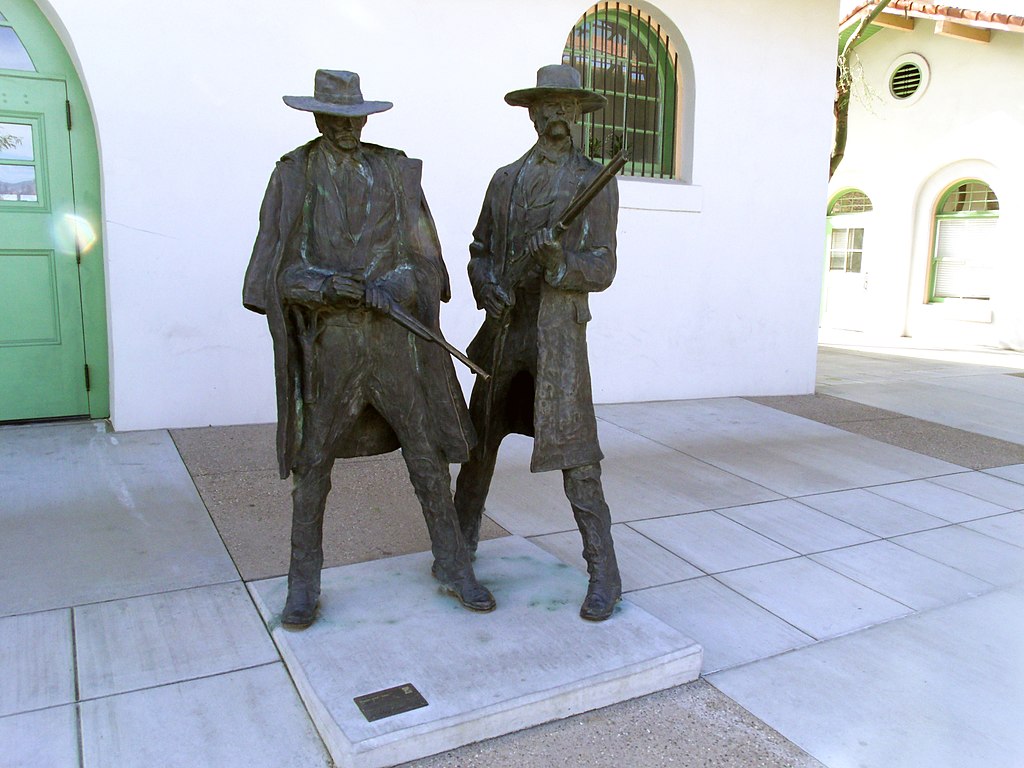Thank you for the opportunity to speak with you today about the enduring landmarks of Arizona, which stand as silent narrators of our state’s storied past. Among these is a beacon of our history, not just in the form of a statue, but as an architectural marvel that has served our community for over a century—the Tucson Amtrak Station.
Conceived in the early 20th century, the Tucson Amtrak Station began its journey as a transportation hub in 1907. Serving as a critical artery for the Southern Pacific Railroad, it became much more than a mere stopover for weary travelers. It was a symbol of progress, connection, and the ever-expanding reach of civilization into the Wild West.
Between 1907 and 1922, the station was the gateway to Tucson, witnessing the comings and goings of numerous individuals who would go on to shape the destiny of Arizona. It was during these formative years that the foundations of modern Tucson were laid, influenced by the stories and dreams of those who passed through the station’s grand halls.
Today, the Tucson Amtrak Station stands as a historical monument, reminding us of the rich tapestry of lives that have intersected at this crossroads. As we honor the iconic statues throughout our state, we must also pay tribute to the places that have stood the test of time, serving as pillars of our community and portals to our shared history.
This station is more than a structure of brick and mortar; it is a living museum, a custodian of memories, and a testament to the enduring human spirit of exploration and ambition. As we reflect on the significance of our state’s statues and monuments, let us also celebrate the Tucson Amtrak Station—a symbol of our journey from a rugged past to a thriving present.

